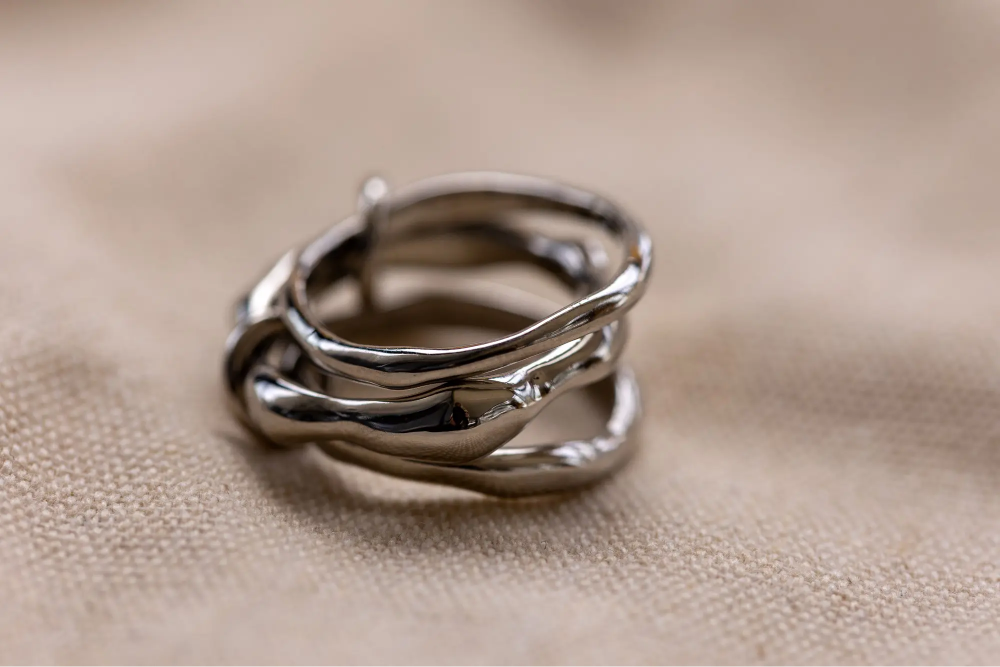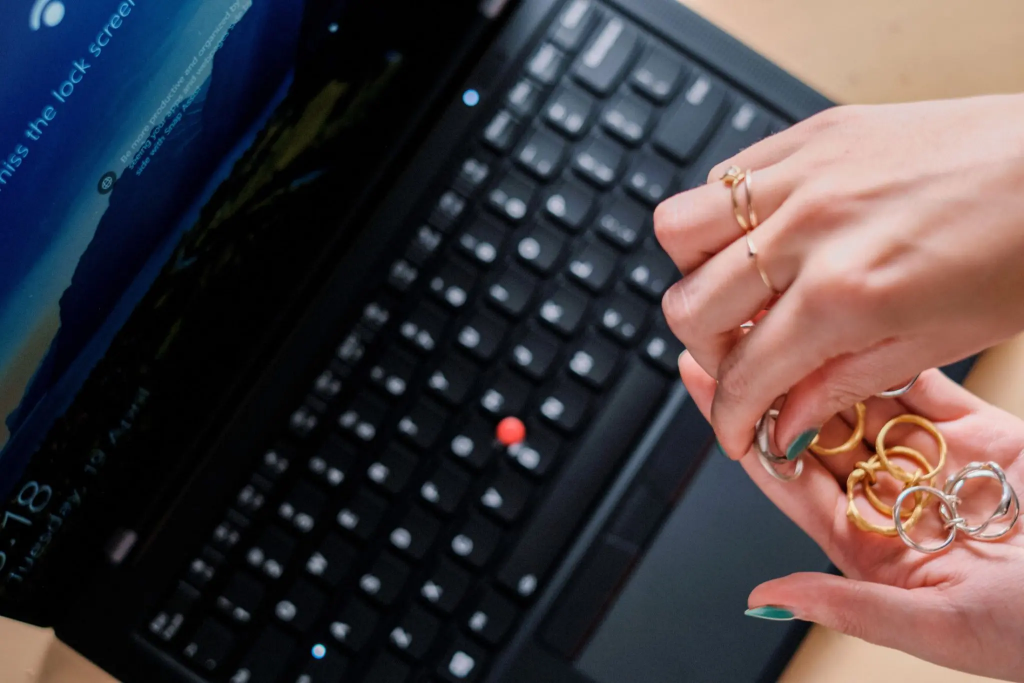Lenovo Precious Metals: Breathing New Life Into Old Technology
Lenovo holds charity auction of unique kinetic Wabi Sabi ring made from e-waste extracted platinum, open to public until 1 Dec, 12:01am AEST
An exclusive, kinetic Wabi Sabi ring made of recovered platinum from end-of-life hardware through Lenovo’s Asset Recovery Services (ARS) is now on auction here until 1 Dec, 12:01am AEST. Proceeds from the charity auction will contribute to ocean clean up initiatives at the Seabin Project. But the story of this ring didn’t start here – it’s all part of ‘Lenovo Precious Metals’, an initiative to drive awareness of Lenovo’s Asset Recovery Services and harness the power of the circular economy.
Lenovo has also announced further sustainability initiatives, including integrating recycled materials into products and growing its use of closed-loop recycled plastic (plastic from recycled electronics).
Tapping into an e-waste goldmine: Lenovo Precious Metals
Not only does e-waste contain plastics and electronics, it also contains highly valuable but recoverable materials such as gold, iron, aluminium, and copper. In 2019 alone, the amount of recoverable material from e-waste had an estimated value of US$57 billion – with gold, iron and copper contributing towards a significant amount.1
To highlight this issue, the Lenovo ANZ team launched ‘Lenovo Precious Metals’, exploring the potential of retrieving precious metals and materials from end-of-life devices to enable a circular design process. Lenovo commissioned sustainable jeweller Holly Ryan to create four bespoke kinetic rings made of recovered gold, platinum, and sterling silver – breathing new life into old technology.
Holly explains, “As a jewellery designer, I am deeply passionate about sustainability and have built my business sourcing recycled metals and ethical stones for my designs, which is why I was so excited to partner with Lenovo to create these one-off rings. I don’t want to see anything ending up in landfill, so it’s always been important to me not to take anything further from the earth. These rings are symbolic of the power of the circular economy.”
Matt Codrington, MD, Lenovo Australia and New Zealand (ANZ) elaborates, “Taking a circular approach to e-waste is critical. We must rethink the lifecycle of technology products to ensure that every recoverable material from every single device is reused at end of life. Not only does this help to mitigate the damaging effects of climate change, but for businesses, participating in IT recycling services, it can provide both economic and reputational benefits.”
Enabling the circular economy: Everyone has a part to play
The development of technological solutions is revolutionising supply chains, product design and materials in a way that enables the circular economy. Most of the materials that make up computer hardware can be recycled to create new products, while others can be refurbished for reuse.
Individuals can make a big difference in enabling the circular economy, including opting to use devices made from more sustainable materials, such as recycled aluminium in the ThinkPad Z13. One of the most important things to do is to extend the life of existing electrical and electronic equipment (EEE) by ensuring that it is serviced regularly or increasing computing power by adding RAM or storage capacity.
For companies, Lenovo’s Asset Recovery Services (ARS) is an end-to-end solution for safe and environmentally friendly asset disposal. ARS also allows organisations to offset the costs of their tech refresh and recover value from decommissioned equipment. For larger organisations, recycling a fleet of around 11,000+ assets could result in as much as USD2 million in savings against their next tech upgrade. In a tight economic climate, an opportunity to drive additional value to the business is one that cannot be simply overlooked.
Beyond Environmental Benefits
While the environmental benefits speak for themselves, a recent Lenovo study conducted in Australia and New Zealand shows how important the circular economy has become for individuals. 88% of employees said sustainable disposal of e-waste would make them feel more positive towards their employer, while 70% said they would want to work for a company that disposes of e-waste responsibly. This is particularly true for younger generations such as Millennials, Gen X, and Gen Z. So not only are there economic benefits to disposing of e-waste in a sustainable way, it can also improve an organisation’s reputation with customers and help them to attract and retain talent.
For more information on how you can recycle your individual computing e-waste, or to find out more about Lenovo’s ARS service for organisations, log onto your local Lenovo website. You may also be able to find more information about recycling other types of EEE on your local government website. We all have a part to play in reducing e-waste, reducing emissions, and helping to save our planet.
1 Forti V., Baldé C.P., Kuehr R., Bel G. The Global E-waste Monitor 2020: Quantities, flows and the circular economy potential. United Nations University (UNU)/United Nations Institute for Training and Research (UNITAR) – co-hosted SCYCLE Programme, International Telecommunication Union (ITU) & International Solid Waste Association (ISWA), Bonn/Geneva/Rotterdam.



